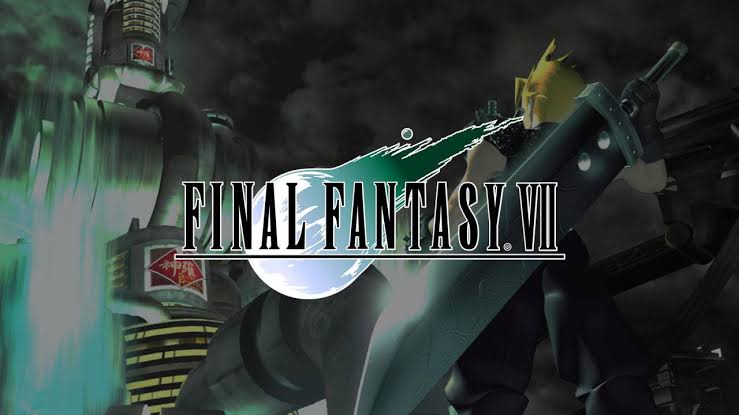Final Fantasy VII: The Great Achievement of RPGs

Final Fantasy 7 is an RPG game originally released in 1997 for the first PlayStation. Its release has brought major changes not only for the series it is part of, but also for all of the game development landscape. The producer Square was a major partner with Nintendo, producing and releasing a number of blockbuster games for Nintendo 8-bit and Super Nintendo. Previous games from the Final Fantasy franchise were all released for Nintendo consoles.
Personal Collection Photos.
Final Fantasy 7 began to be planned in 1994, and to be developed in late 1995. At that time, 3D graphics technology was emerging on consoles, so the producers decided that the game needed to be made in 3D. The production of the game involved many names, including producers, directors, writers, musicians, designers, and a high budget in the tens of dollars was used, something unheard of in video games. A short demo video was produced using the SGI Onyx system used in the Nintendo 64 development kits. The video featured Final Fantasy VI characters fighting in real time, all in 3D.
As development evolved, there was a need to store large amounts of data. Nintendo’s decision to use the cartridges on the Nintendo 64 ruled out the possibility that the game would be released to this console, not even the Nintendo 64DD could handle the game in a viable way. In January 1996 it was announced that the game would come out exclusively for PlayStation because it uses CD rom as media. The game was completed that same year and released in January 1997 in Japan and September in North America. A major marketing campaign was conducted to promote the game. The result was millions of copies sold and a critical hit, winning several industry awards.
Photos taken from the internet.
The game used 3 discs for all of its content, which had computer graphics scenes, feature shown right in the game’s opening scene, pre-rendered scenarios, orchestrated music and hundreds of hours of gameplay. The plot, the narrative and the unforgettable characters is another highlight. This was all very innovative at the time, helping to popularize Japanese RPGs in the Western. Games that came after Final Fantasy 7 continued to use the same features as CGIs, some in 3D and some in 2D, with multiple discs and trying to bring unique gameplay.
Final Fantasy 7, after being successful on PS1, was released for other platforms, receiving some improvements over technical issues in the original version. At E3 2005, a video was shown to showcase the graphics features of PlayStation 3. This video is a demo made by the team of Final Fantasy XIII developers, and is a remake of the opening of Final Fantasy VII. This demo made FF7 fans create the expectation that a remake of the game could be done on PS3. Square Enix denied that possibility. Until in 2015, at a Sony conference, the production of the remake was officially announced. The release is confirmed for March 2020.
Datasheet:
Developer: Square.
Publisher: PlayStation (JP) Square, Sony Computer Entertainment (World Wide), Eidos Interactive (Windows).
Director: Yoshinori Kitase.
Producer: Hironobu Sakaguchi.
Programmer: Ken Narita.
Artists: Yusuke Naora, Tetsuya Nomura.
Writers: Kazushige Nojima, Yoshinori Kitase.
Composer: Nobuo Uematsu.
Platforms: PlayStation, Windows, iOS, PlayStation 4, Android, Nintendo Switch, Xbox One.
Genre: Role-playing.
Mode: Single-player.
Release: January 31, 1997 (Japan), September 7, 1997 (North America).
Sources:
https://pt.wikipedia.org/wiki/Final_Fantasy_VII
https://en.wikipedia.org/wiki/Final_Fantasy_VII
https://finalfantasy.fandom.com/wiki/Final_Fantasy_VII_technical_demo
https://pt.wikipedia.org/wiki/Final_Fantasy_VII_Remake

 Português do Brasil
Português do Brasil








Recent Comments